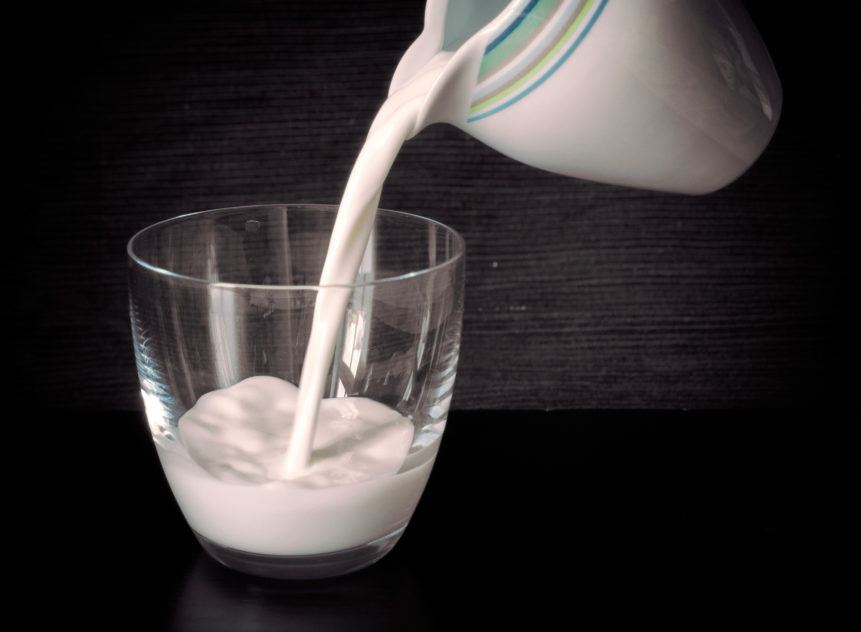The primary distinction between skim milk and whole milk is the absence of fat in skim milk and the presence of fat in whole milk. Both types of milk contain similar amounts of nutrients, except for the fat content. Skim milk is also known as non-fat milk, with approximately 0.01% fat, while whole milk or full cream milk is higher in calories and more flavorful. Consuming whole milk makes it easier to absorb fat-soluble vitamins like vitamin A, D, E, and K found in milk.
Key Takeaways
- Skim milk is milk without fat content, making it suitable for weight loss, people with weak cardiovascular health, and those with high blood pressure and high cholesterol.
- Whole milk is milk with fat content, making it creamier, tastier, and better for young children, people who are underweight, or those recovering from surgeries. It also reduces the risk of adult-onset diabetes.
- Drinking whole milk helps in absorbing fat-soluble vitamins, while skim milk is low in calorie content and not recommended for pregnant women or children under two years.
What is Skim Milk?
Skim milk, or milk without its fat content, contains only around 0.01% fat. Due to its lower fat content, skim milk has fewer calories and less cholesterol, making it suitable for weight loss, people with weak cardiovascular health, those with high blood pressure and high cholesterol, and the elderly to prevent cholesterol build-up. Skim milk can also be given to children above two years but is not recommended for pregnant women or those planning to conceive, as it can impair ovulation.
Skim milk is produced by removing the fat content from whole milk and then fortifying it with vitamin A and vitamin D. It also contains additional proteins. In the past, this was done by allowing the milk to settle and then ‘skimming’ the fat off its top. Drinking skim milk provides all the necessary nutrients without milk fat. The extracted fat is used to make various dairy products like butter and cheese. Due to the lack of fat in skim milk, it may taste bland.
An 8 oz serving of skim milk contains:
- Protein: 8.7 g
- Carbohydrates: 12.3 g
- Calcium: 349 mg
- Potassium: 419 mg
- Cholesterol: 5 mg
- Sodium: 130 mg
What is Whole Milk?
Whole milk is cow’s milk that has not had its fat removed, also known as full cream milk. Due to the fat content in whole milk, it is thicker, creamier, and tastier than other types of milk. It contains two types of fats: monounsaturated and polyunsaturated, with over one-third of its fatty acids being Omega-3. As a result, whole milk is filled with healthy fats. It is recommended for children, teenagers, and bodybuilders. However, consuming whole milk is riskier for people with high blood pressure, high cholesterol, and cardiovascular diseases, but it has a lower risk of developing adult-onset diabetes. Drinking whole milk helps people absorb the fat-soluble vitamins present in milk, including vitamins A, D, E, and K.
An 8 oz serving of whole milk contains:
- Protein: 7.9 g
- Carbohydrates: 11 g
- Calcium: 276.1 mg
- Potassium: 349 mg
- Cholesterol: 24 mg
- Sodium: 98 mg
What is the Difference Between Skim Milk and Whole Milk?
The key difference between skim milk and whole milk is that skim milk does not contain fat, while whole milk does. Therefore, whole milk is creamier and tastier than skim milk. Additionally, skim milk is suitable for people trying to lose weight, the elderly, and those with high blood pressure, high cholesterol, and cardiovascular diseases, while whole milk is better for young children, those who are underweight, frail, or patients recovering from surgeries.
Summary – Skim Milk vs Whole Milk
Skim milk is milk without fat content, containing only about 0.01% fat. As a result, it may taste bland. The removed fat is used to make various dairy products like cheese and butter. Skim milk is suitable for people trying to lose weight, the elderly, and those with high blood pressure, high cholesterol, and cardiovascular diseases due to its low calorie content. However, it is not recommended for pregnant women or children under two years. Whole milk is milk with its fat content, making it creamier and tastier. It has a higher calorie content, making it suitable for young children, those who are underweight, frail, or patients recovering from surgeries. Drinking whole milk also reduces the risk of adult-onset diabetes. This summarizes the difference between skim milk and whole milk.
